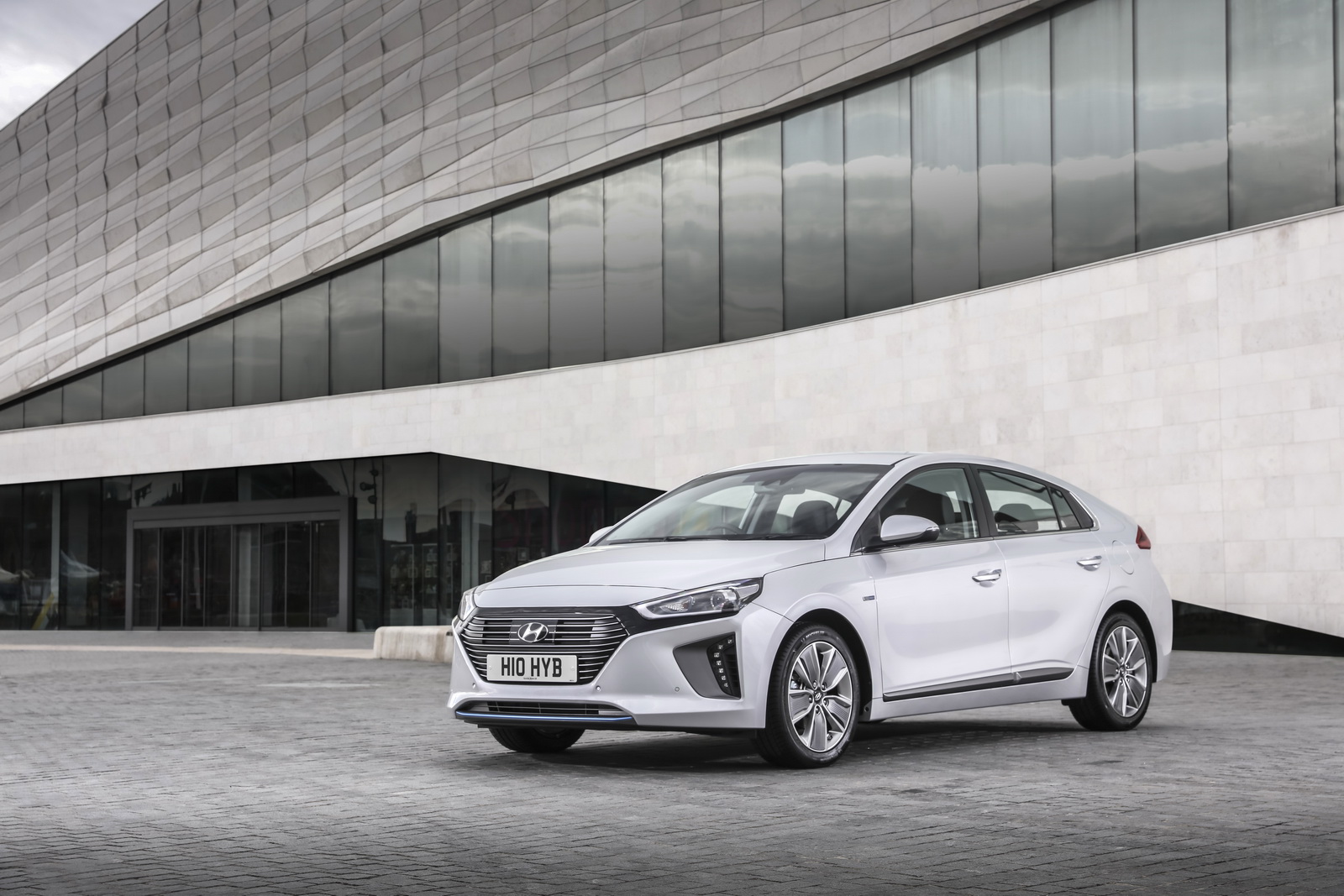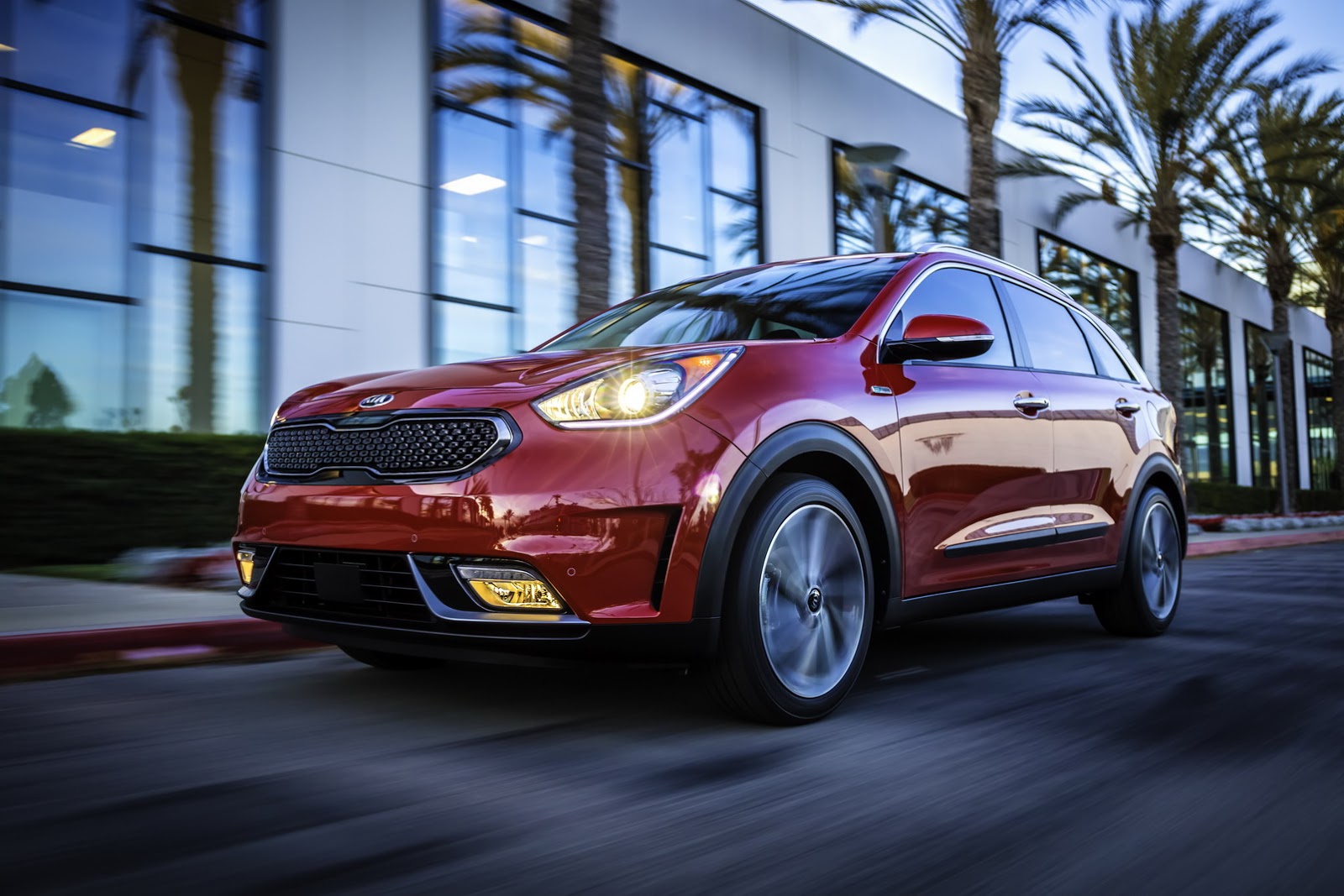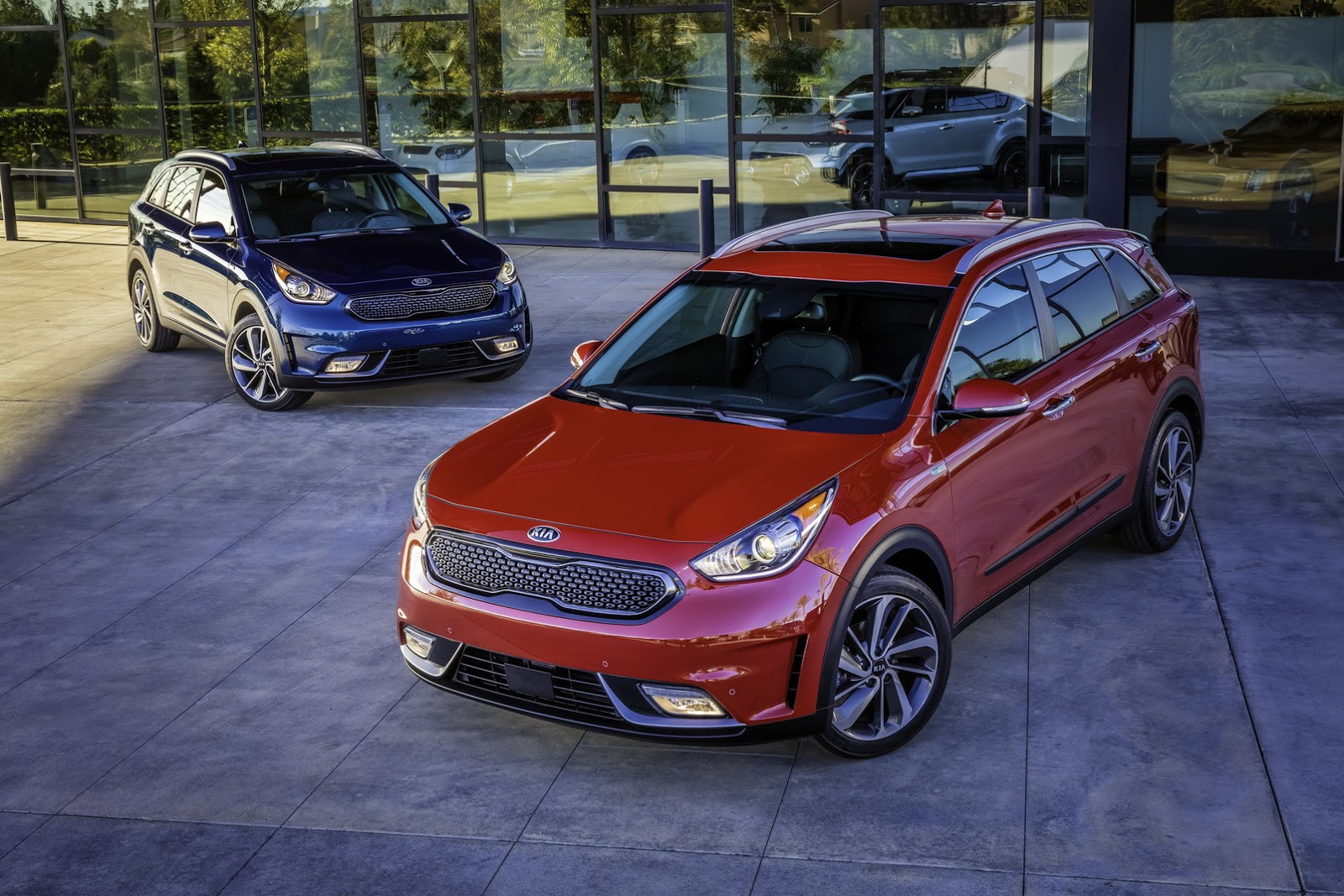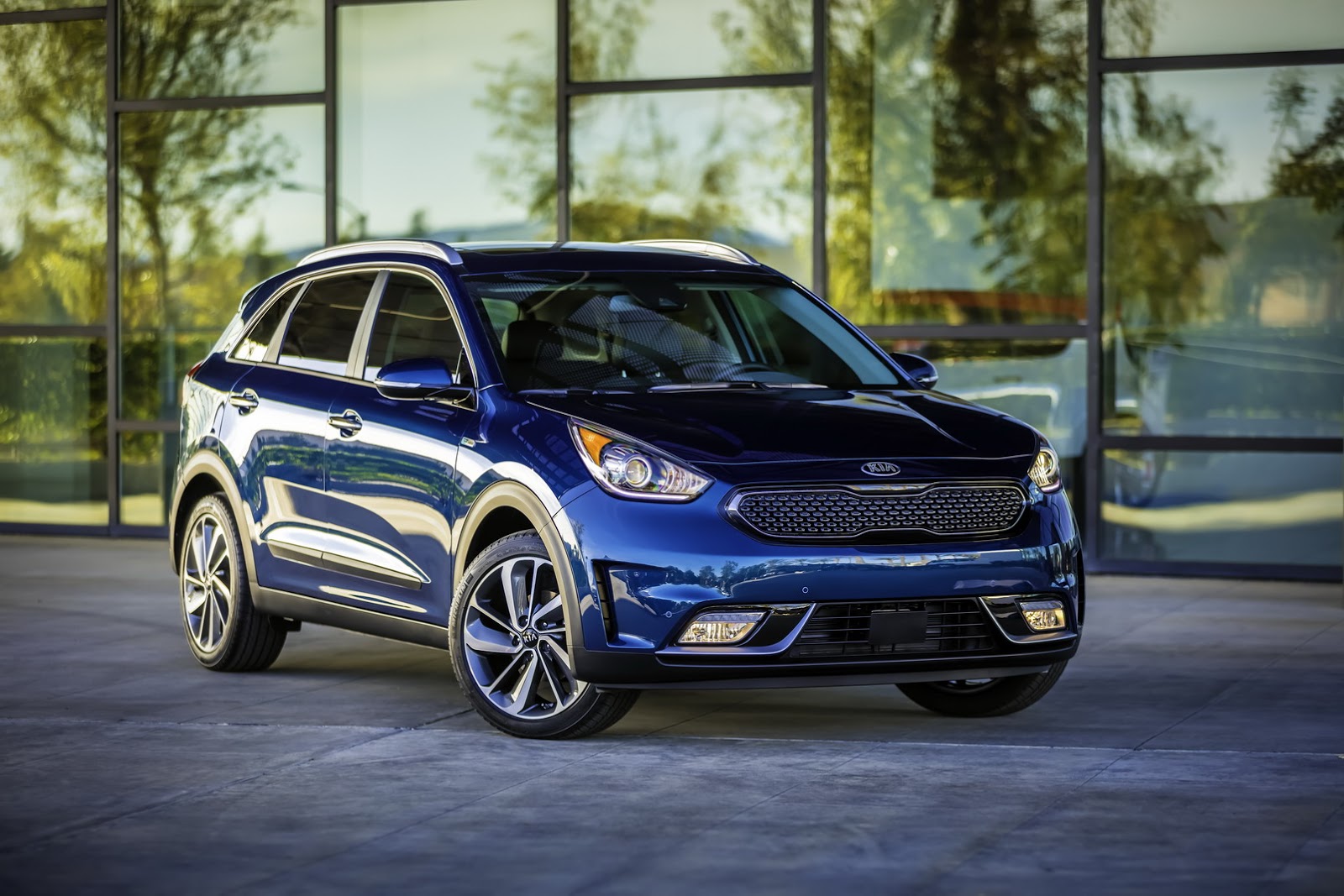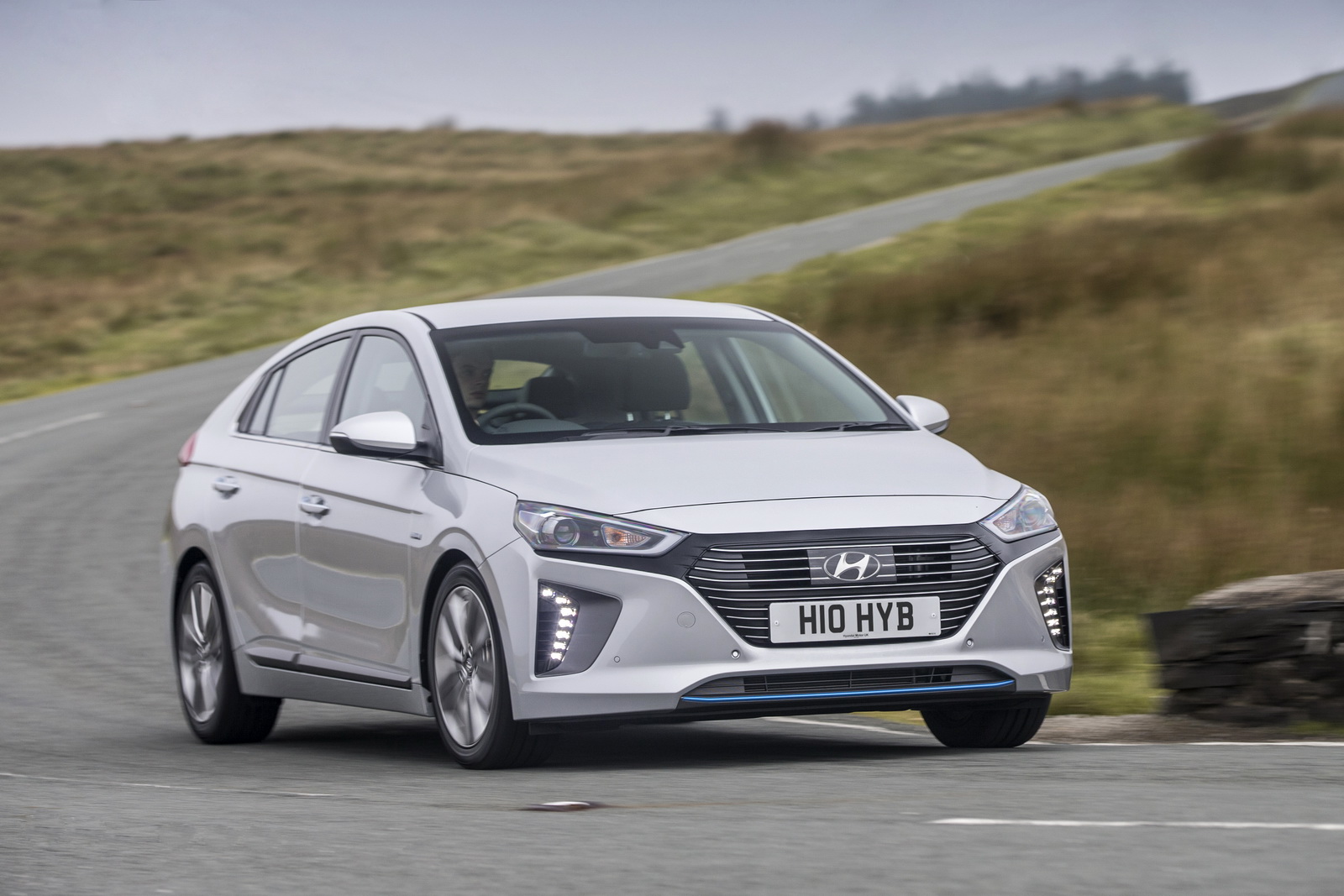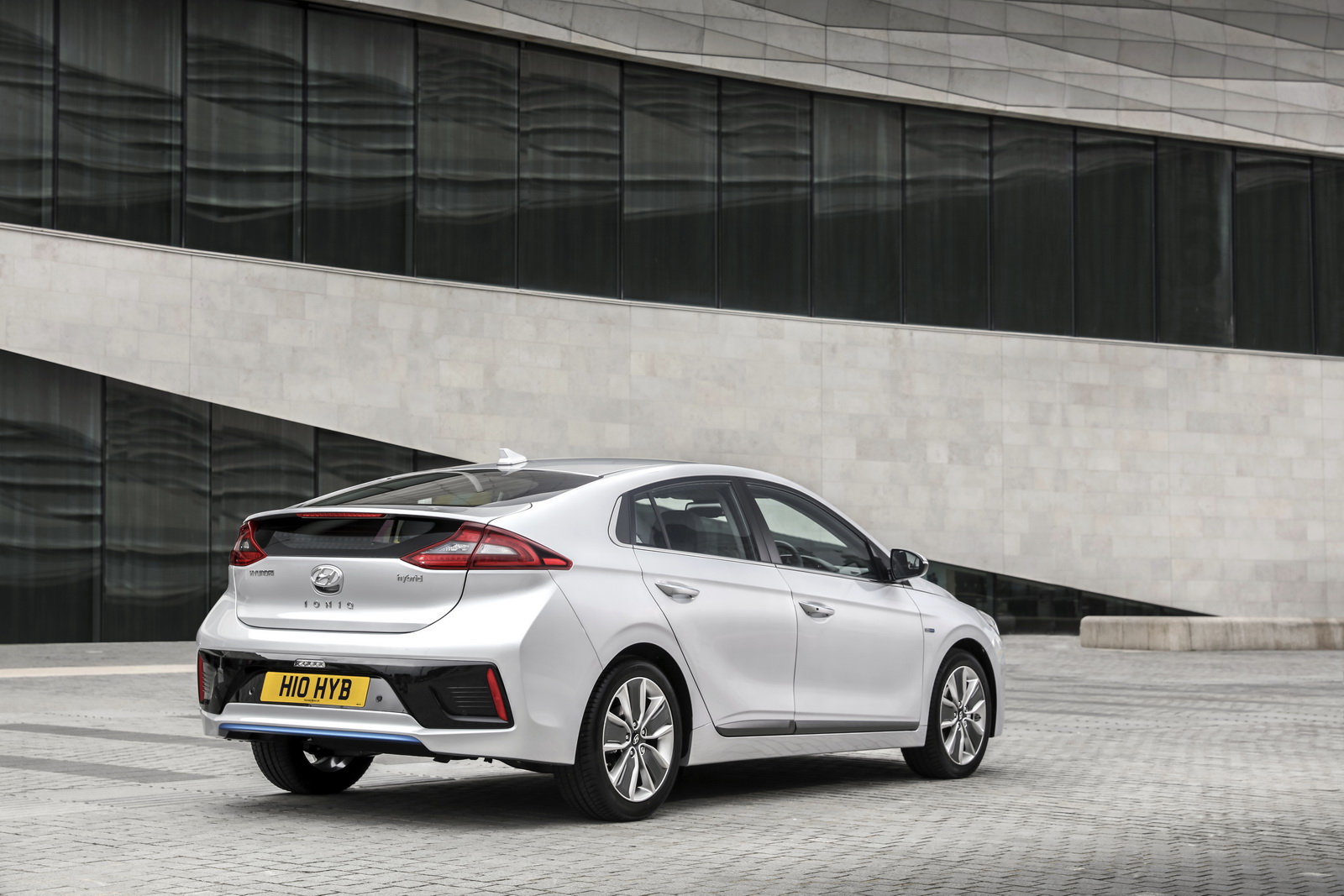Hyundai and Kia plan to introduce solar charging technologies on a handful of their vehicles after 2019.
The two South Korean car manufacturers have developed electricity-generating solar panels which can be incorporated into the roof or the hood of vehicles and be used to provide additional electrical power for internal combustion, hybrid, and battery-electric vehicles. The three solar charging systems in development are the first-generation silicon solar roof system, the second-generation semi-transparent solar roof system, and the third-generation lightweight solar-lid.
The first of these will be used by hybrid models and consists of mass-produced silicon solar panels that are mounted on a normal vehicle roof. Depending on the weather conditions, this system can charge a vehicle’s battery between 30 and 60 per cent capacity in a day.
As for the second-generation semi-transparent solar roof system, it will be used exclusively for vehicles with internal combustion engines. These panels used for this system are applied to a panoramic sunroof and as the name implies, are semi-transparent. Hyundai and Kia say their ICE-powered vehicles with solar roofs will help to boost sales as they will adhere to strict CO2 regulations.
Last, but not least, is the third-generation lightweight solar-lid system. This setup involves a structure that mounts solar panels on a bonnet and roof.
“In the future, various types of electricity generating technologies, including the solar charging system, will be connected to vehicles,” executive vice president of Engineering Design Division of Hyundai Motor Group, Jeong-Gil Park said.
The automakers did not specify which pf their vehicles will be the first to receive its solar technologies.




